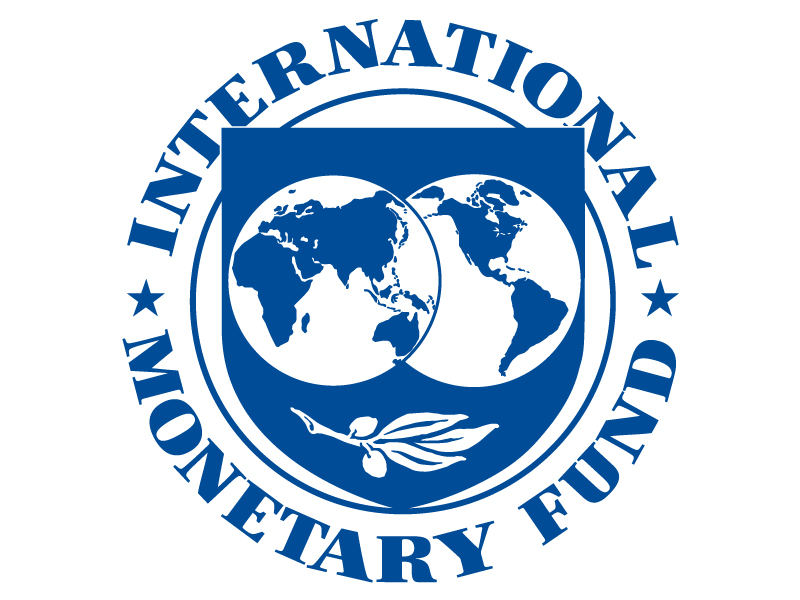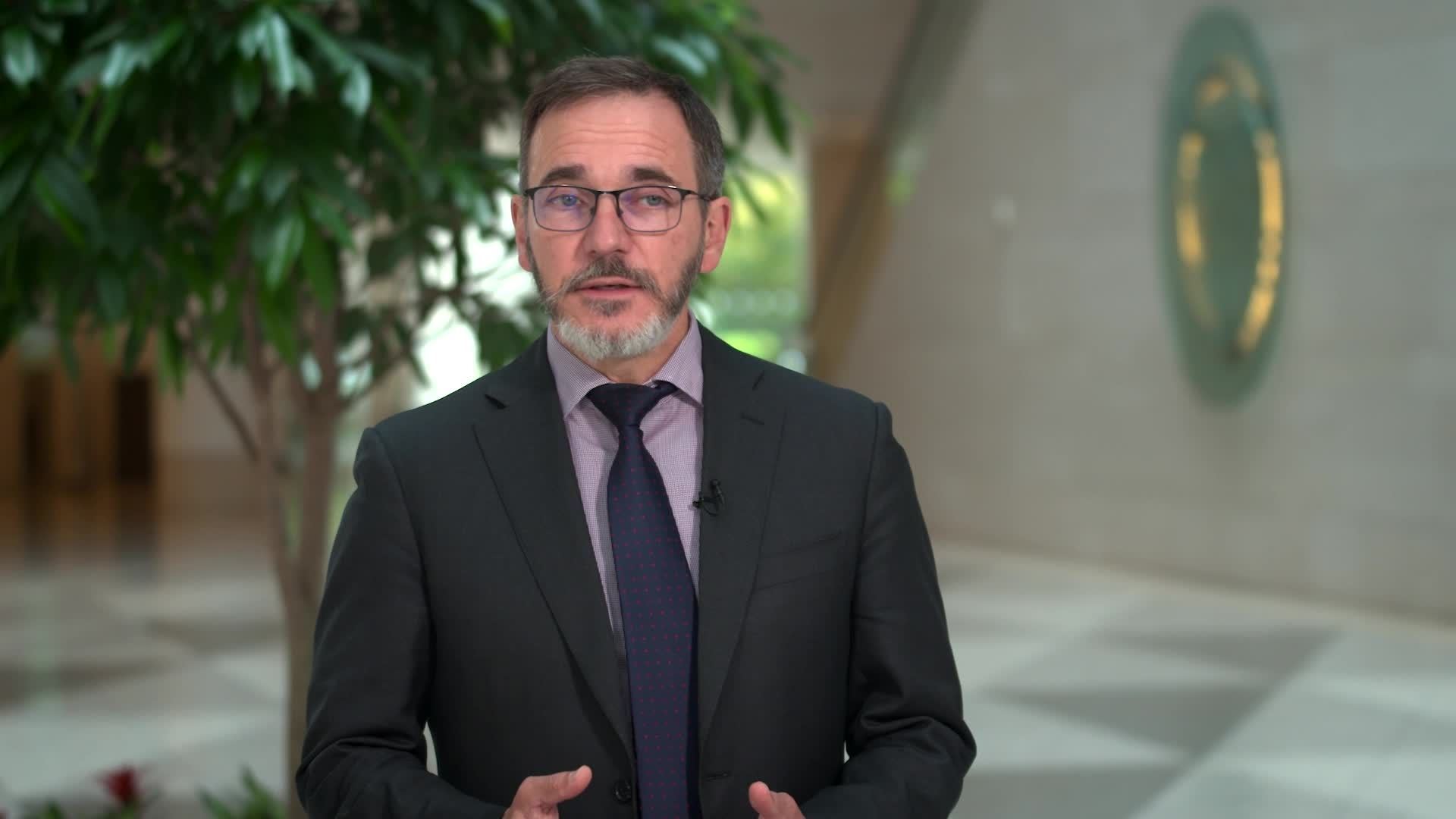Today, July 29, 2025, in Washington, DC, the IMF has announced an updated forecast for global growth. The Fund projects growth rates of 3.0 percent for 2025 and 3.1 percent for 2026. This new forecast for 2025 is an increase of 0.2 percentage points compared to the reference forecast in the April 2025 World Economic Outlook (WEO), while the outlook for 2026 is up by 0.1 percentage points.
“Global growth has been revised up to 3.0 percent in 2025 and 3.1 percent in 2026, reflecting stronger than expected front loading, lower tariff rates compared to early April, easier financial conditions, including a weaker US dollar and fiscal expansion in some jurisdictions. Still, projections remain about 0.2 percentage point below our pre-April 2nd forecasts, indicating that the trade tensions are hurting the global economy. Global inflation continues to decline, reaching 4.2 percent in 2025 and 3.6 percent in 2026,” said Pierre-Olivier Gourinchas the IMF’s Chief Economist.
Gourinchas added that overall, risks to the outlook remain tilted to the downside, as in the April WEO.
“Risks remain tilted to the downside. A breakdown in trade talks or renewed protectionism could dampen growth globally and fuel inflation in some countries. Persistent uncertainty may weigh on investment, while geopolitical tensions and fiscal vulnerabilities pose additional threats. Financial conditions have eased, but they could tighten abruptly, especially in case of threats to central bank independence. On the upside, breakthroughs in trade negotiations could boost confidence and structural reforms could lift long term productivity,” added Gourinchas.
In terms of advice to policy makers, economic policies need to bring confidence, predictability, and sustainability by calming tensions, preserving price and financial stability, restoring fiscal buffers, and implementing much-needed structural reforms.
“Reducing policy uncertainty is essential. This is especially true for trade policy, where the global economy needs clear, transparent and predictable rules. Many countries need to address fiscal vulnerabilities and rebuild fiscal buffers even if they face increased spending needs. Central banks must maintain price and financial stability while preserving independence. Exchange rate flexibility remains key, even if some tailored interventions may be appropriate in certain cases in line with our integrated policy framework. Finally, structural reforms that ease policy tradeoffs and support long term growth remain essential to long term prosperity,” said Gourinchas.
To read the full report, click here.

